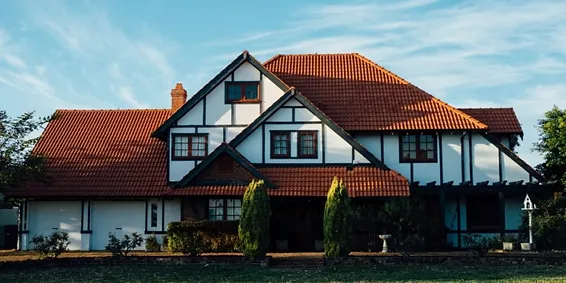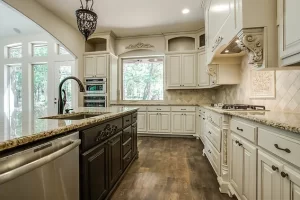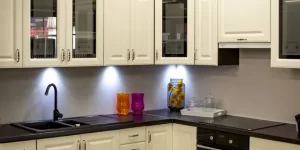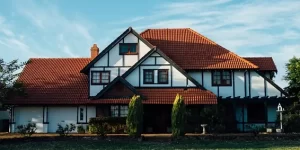In this Beaver Builders Custom Home News Green Tips segment, we discuss some of the best ways to make your home run as efficiently as possible.
The Green Building and Remodeling buzz seems to be reaching a plateau. According to Professional Remodelers Magazine, the demand for Green Building/Remodeling has diminished along with our economy. Most homeowners feel that the costs involved in going green simply don’t provide the return on investment people are looking for.
Many areas of construction offer green options. Renewable energy, sustainable landscaping, and conservation of natural resources are just a few of the ways to make your home green. The most commonly sought-after green feature is energy efficiency. Ultimately, people save money by operating their homes as efficiently as possible.
Windows
Windows are among the most commonly updated items to reflect energy efficiency. Replace leaky windows with new Energy Star-qualified windows to save money. If you can’t replace windows, simply caulking around window seals and frames goes a long way toward stopping costly airflow.
Remember this: Use your window treatment wisely for the season you’re in. Keep drapes and blinds open in winter to allow the warmth of the sun to help heat your home. Close curtains and blinds during the heat of a summer day to keep your home cooler and give your air conditioner a break.
Appliances
Replace inefficient appliances like stoves, refrigerators, washers, and dryers with new, Energy Star-qualified products. Use your microwave or toaster oven whenever possible instead of the conventional oven. Microwave ovens and toaster ovens use less energy than conventional ones.
HVAC
As much as half of the energy used in your home goes to heating and cooling.
Change your air filter regularly. Check it monthly, and change it as often as necessary. A dirty air filter restricts air flow causing your system to work harder to keep your home comfortable.
Seal your ducts. Use duct sealant or foil tape to seal the seams and connections of ducts in attics, crawlspaces, basements, and garages.
Install a programmable thermostat to control the heating and cooling in your home.
Install an Energy Star-qualified heating and cooling system if possible. If your HVAC is more than 10 years old or is no longer keeping your home comfortable you may be in need of a new HVAC system.
Use window treatments properly according to the season to help your system run more efficiently.
Water Faucets
Replace outdated kitchen and bath faucets with low-flow faucets. These faucets use as much as 40% less water than conventional faucets or about 2.5 gallons per minute compared to the standard 4 gallons per minute. If you are not able to replace your faucets, install aerators to the existing faucets to reduce water usage. Low-Flow faucets will not only reduce water consumption but also save on energy required for heating water.
Replace the toilet with a more efficient model. Newer toilets require less water to operate than older models. If you are not able to replace it, try adding a toilet dam to the tank. Simply fill a water bottle and place it in the tank. Take care to keep the bottle away from moving parts.
Lighting
Replace incandescent bulbs with compact fluorescents. Fluorescent bulbs use less electricity to operate and have a longer usage life than standard incandescent bulbs.
Air Leaks
Air leaks can contribute to as much as 30% of your heating and cooling costs. Areas that may have significant air leaks are windows, doors, and attic accesses. Air leaks can be corrected easily and affordably by using caulk around windows and doors with gaps of ½ inch or less. For larger gaps try using closed-cell foam or rope caulk. Weather stripping can be used around doors and attic access to reduce the amount of airflow.
Insulation
Proper insulation is one of the most effective ways to maximize energy efficiency.
Before you insulate make sure that all the air leaks in your home have been corrected. Insulation may make it more difficult to find and access air leaks. Penetrations in the sheetrock such as ceiling fan boxes, recessed can lights, and ceiling lights are often overlooked areas for air leaks. Check attics and crawlspaces for existing ventilation. Ensure that any insulation you add will not cover or block these vents. Check for exposed wiring in areas where insulation will be added.
Areas most affected by the addition of insulation are the attic and exterior walls. Blown-in cellulose insulation is the most common and effective for attic floors. Consider installing batting or foam on attic rafters. Remember to ensure that any and all water leaks have been addressed before adding attic insulation.
Take care with adding insulation to exterior walls as blocking, and wiring within the wall cavity can cause blockage when filling with blown-in cellulose insulation.









